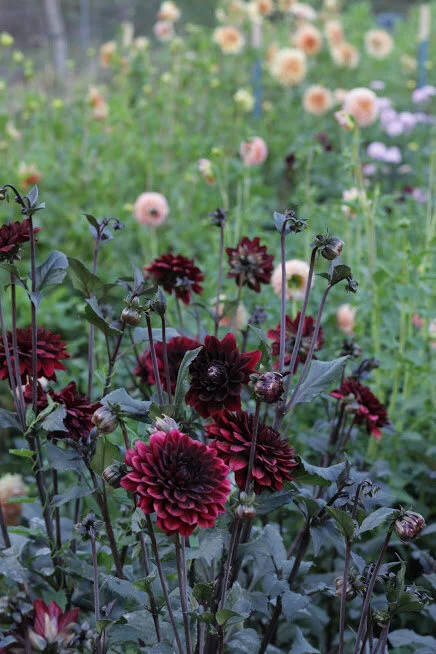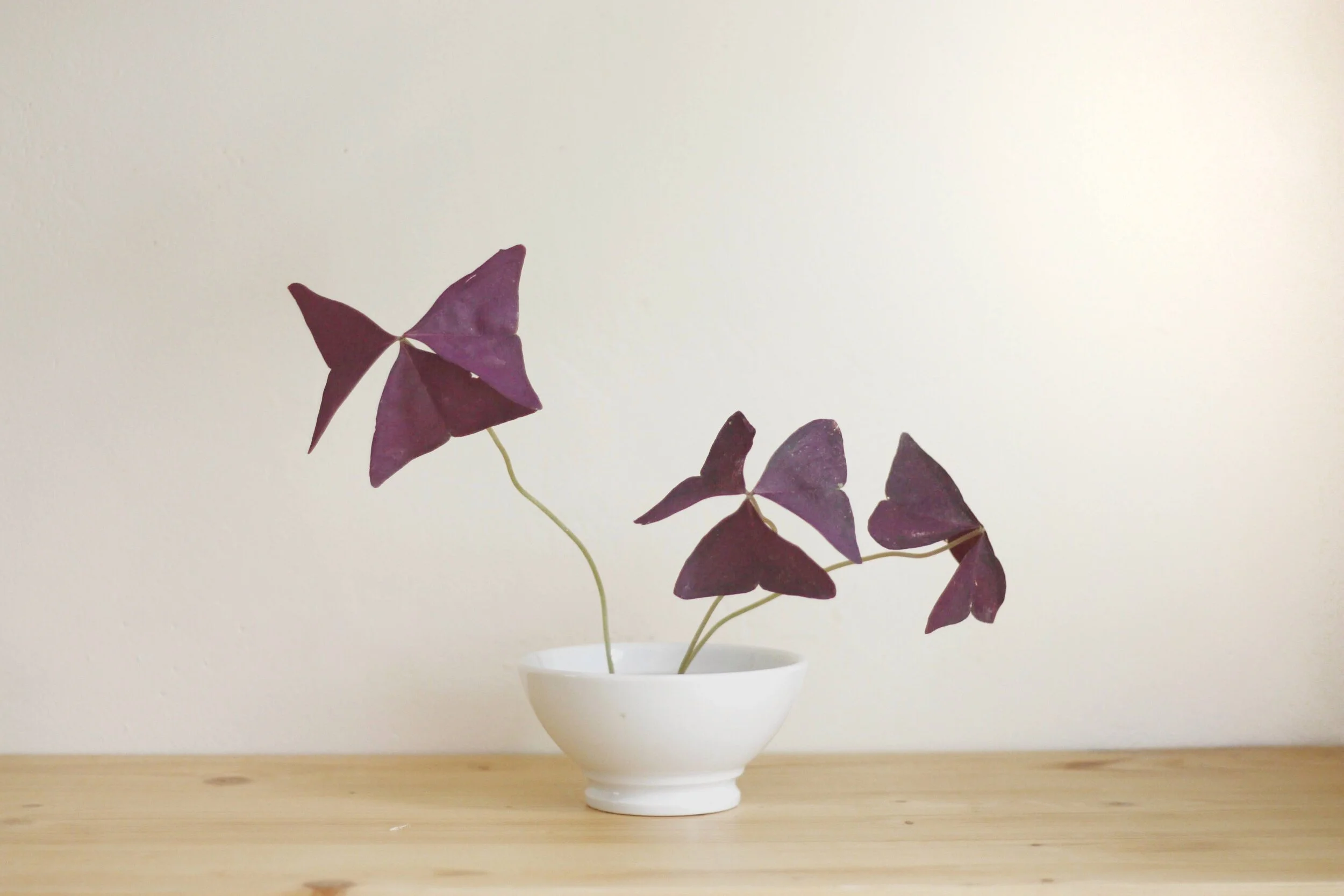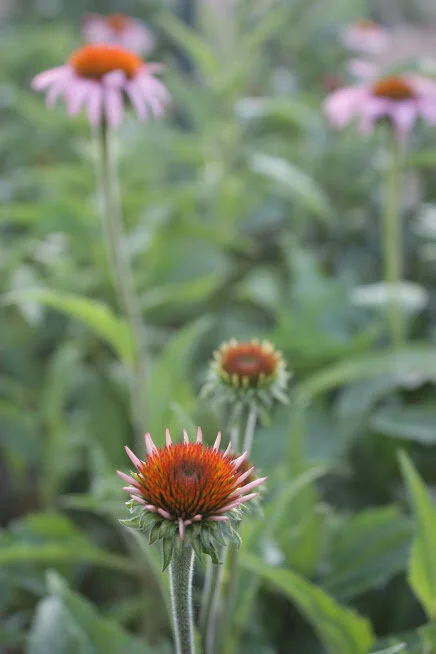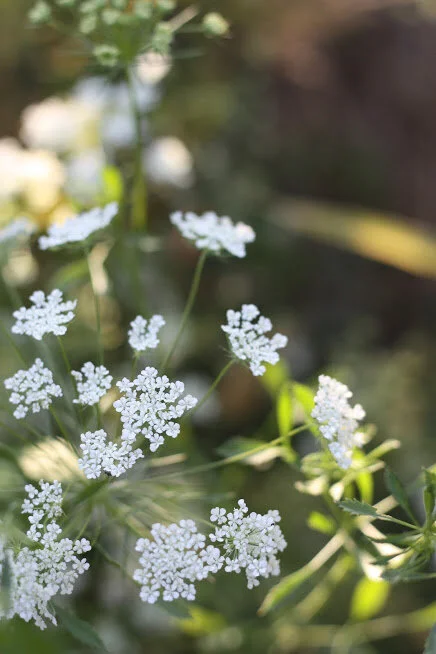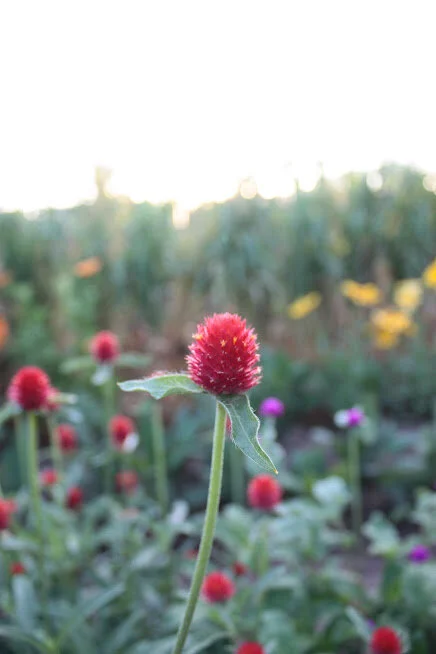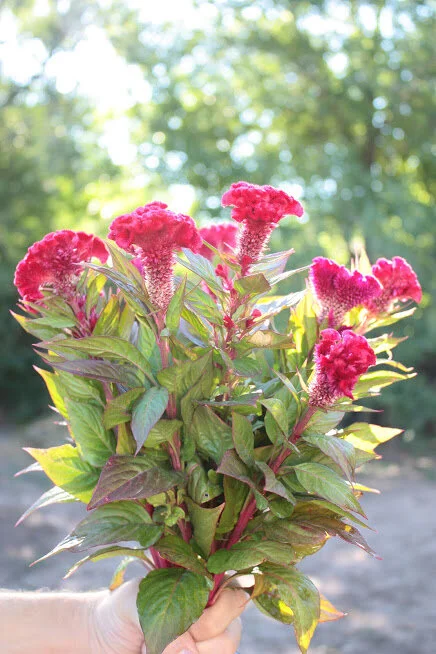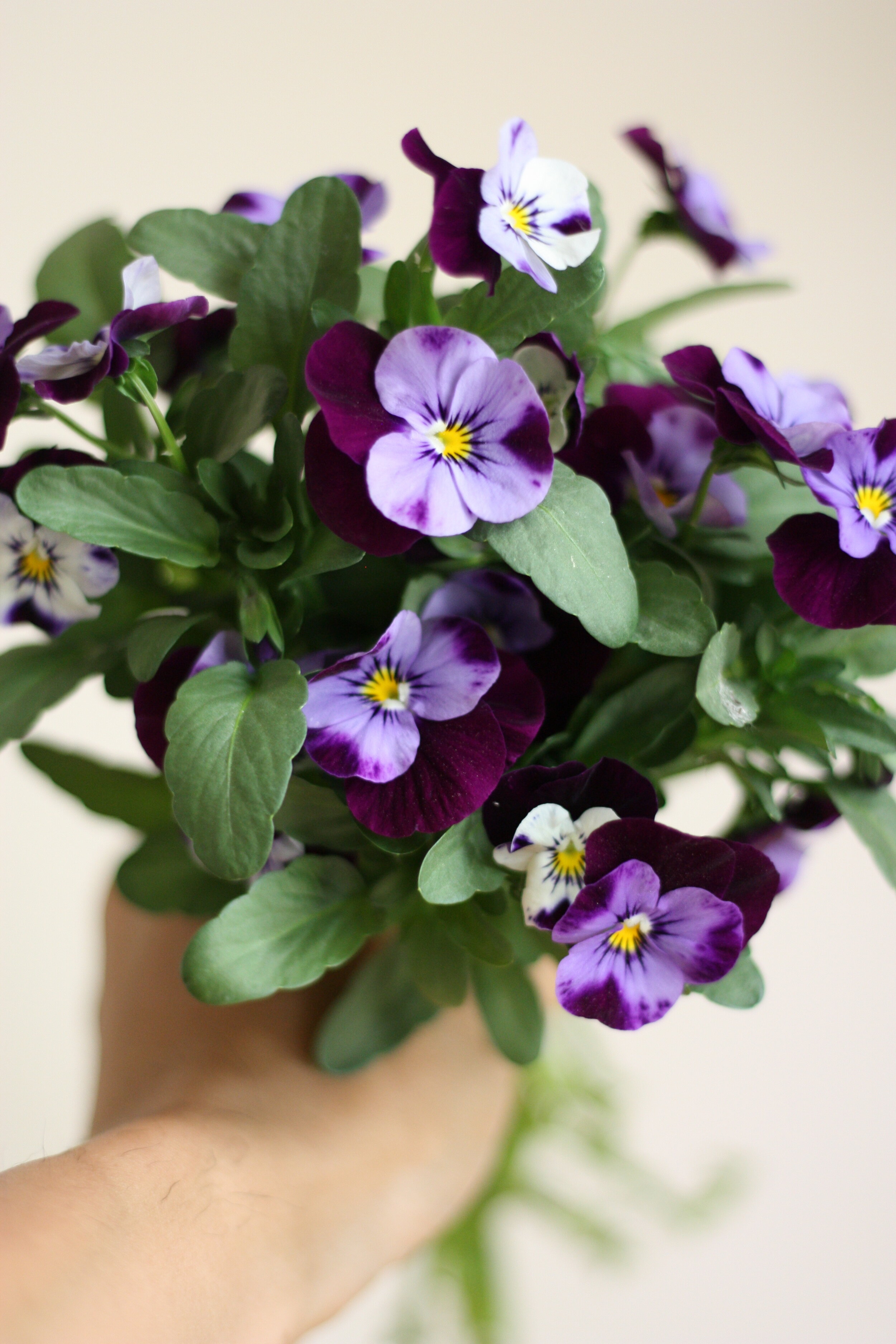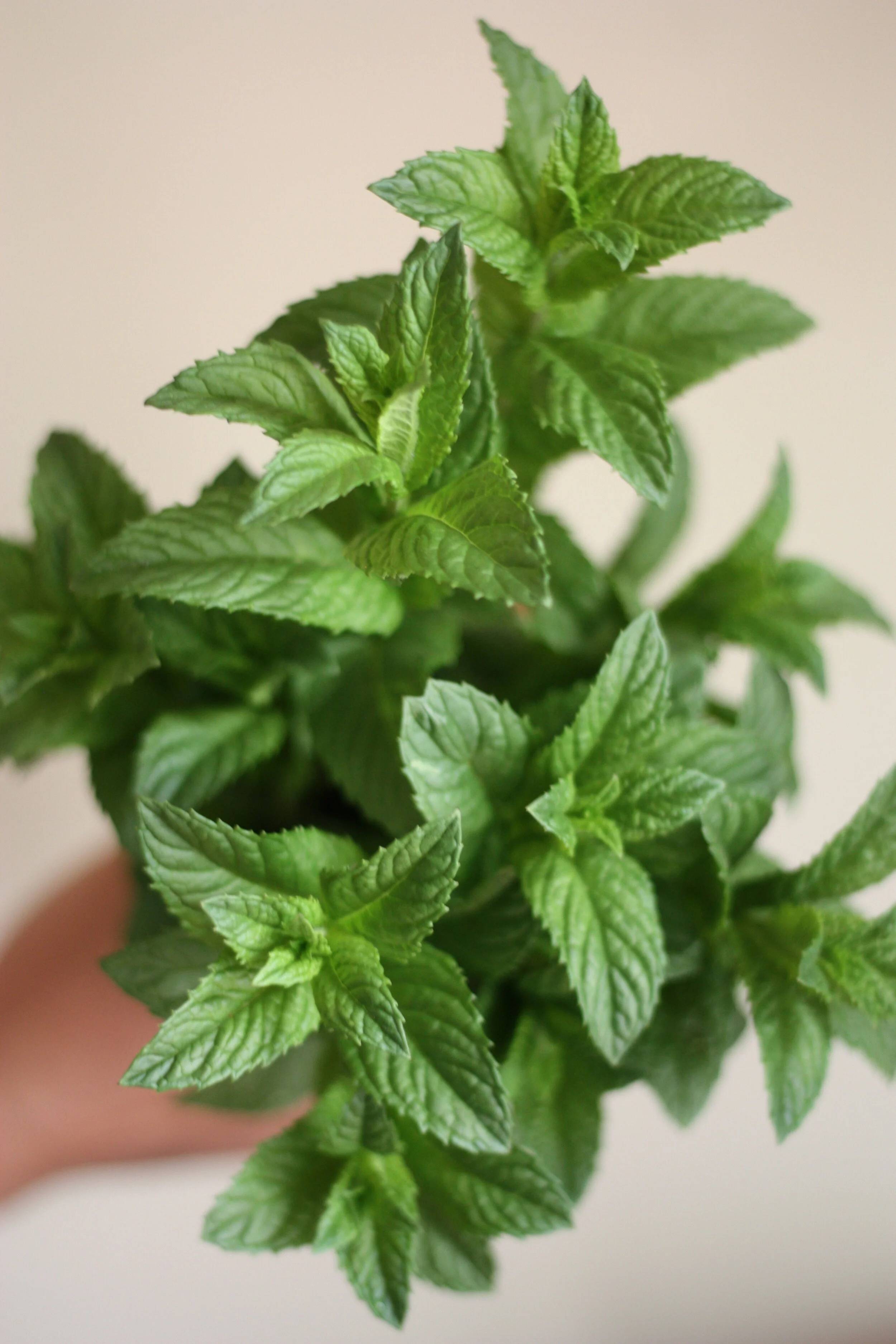It’s hard to believe that in just a few short weeks, we’ll be starting to see the first blooms of the season here. Starting off with the winter jasmine and iris reticulata, spring is probably one of our favorite times of the year with some of our all-time favorite flowers blooming (muscari, narcissus, lilacs, ranunculus and anemones to name a few!)
It’s also exciting because with the arrival of the new year it is OFFICIALLY time to start seeds for our 2020 gardens. While we did plant some things in fall and will overwinter plenty of perennials, we start a lot of seeds in the winter for planting out in early spring.
Read More
